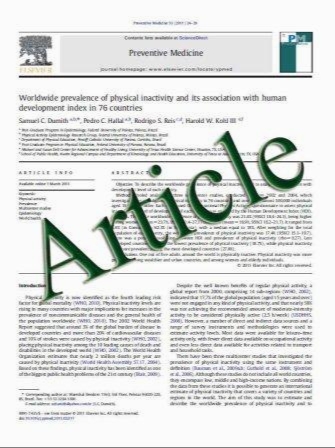Evaluation of Swallowing Using 320-detector-row Multislice CT. Part II: Kinematic Analysis of Laryngeal Closure during Normal Swallowing
- نوع فایل : کتاب
- زبان : انگلیسی
- مؤلف : Yoko Inamoto Naoko Fujii Eiichi Saitoh Mikoto Baba Sumiko Okada Kazuhiro Katada Yasunori Ozeki Daisuke Kanamori Jeffrey B. Palmer
- چاپ و سال / کشور: 2010
Description
The purpose of this study was to (1) depict normal dynamic swallowing and (2) measure (a) the temporal characteristics of three components of laryngeal closure, i.e., true vocal cord (TVC) closure, closure of the laryngeal vestibule at the arytenoid to epiglottic base, and epiglottic inversion, and (b) the temporal relationship between these levels of laryngeal closure and other swallowing events, hyoid elevation, and the pharyngoesophageal segment (PES) using 320-detector-row multislice computed tomography (320-MSCT). The swallowing of a 10-ml portion of honey-thick liquid (5% w/v) was examined in six healthy volunteers placed in a 45 reclining position. Three-dimensional CT images were created in 29 phases at an interval of 0.10 s over a 2.90-s duration. Dynamic swallowing and TVC movement were depicted clearly. The sequence for laryngeal closure was the following: (1) the hyoid started to elevate, (2) the PES opened, (3) TVC closure and closure at the arytenoid to epiglottic base occurred almost simultaneously during the hyoid elevation, and (4) the epiglottic maximum inversion occurred after the hyoid maximum displacement. Those results indicated that the onset of hyoid elevation and the early opening of the PES occurring before three levels of laryngeal closure are critical components for airway protection. 320-MSCT allowed the 3D depiction and kinematic analysis of target structures, which will increase our knowledge of airway protection mechanisms during swallowing
Dysphagia DOI 10.1007/s00455-010-9276-2 Received: 31 July 2009 / Accepted: 20 January 2010


